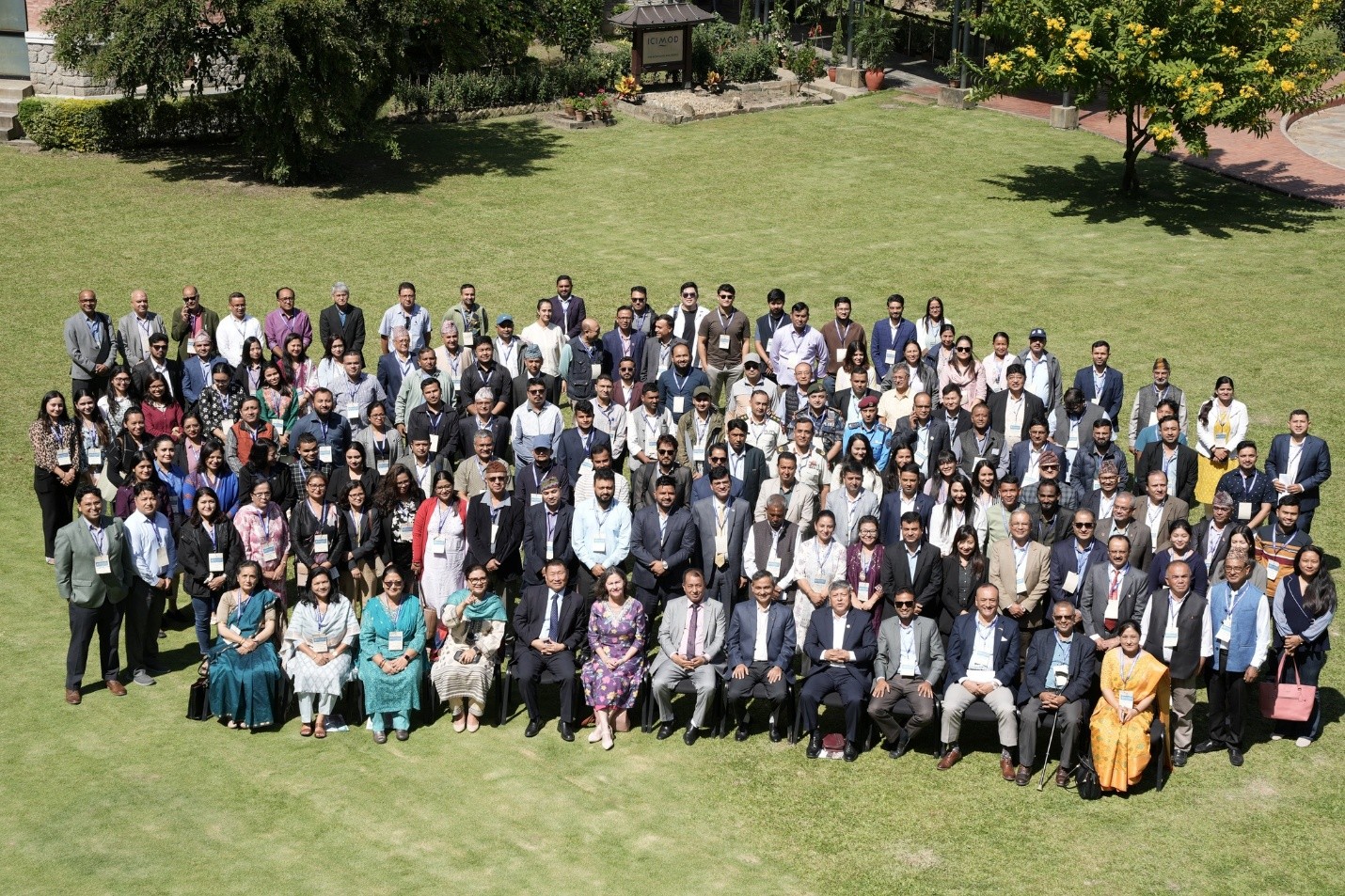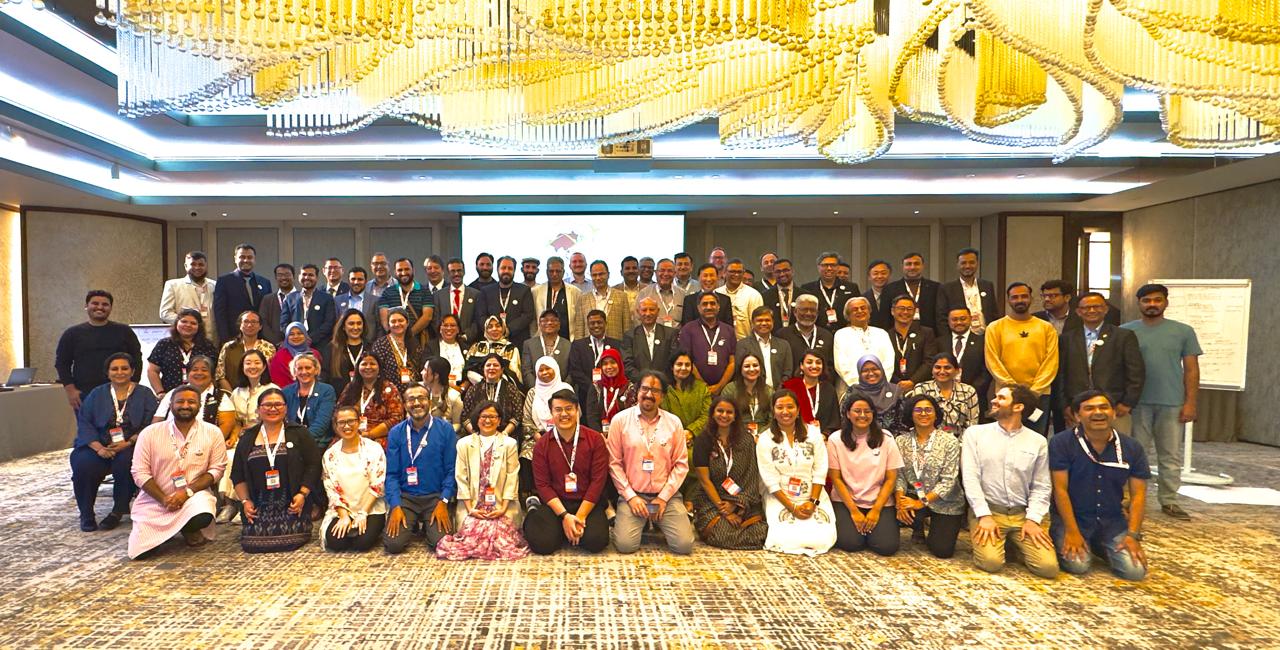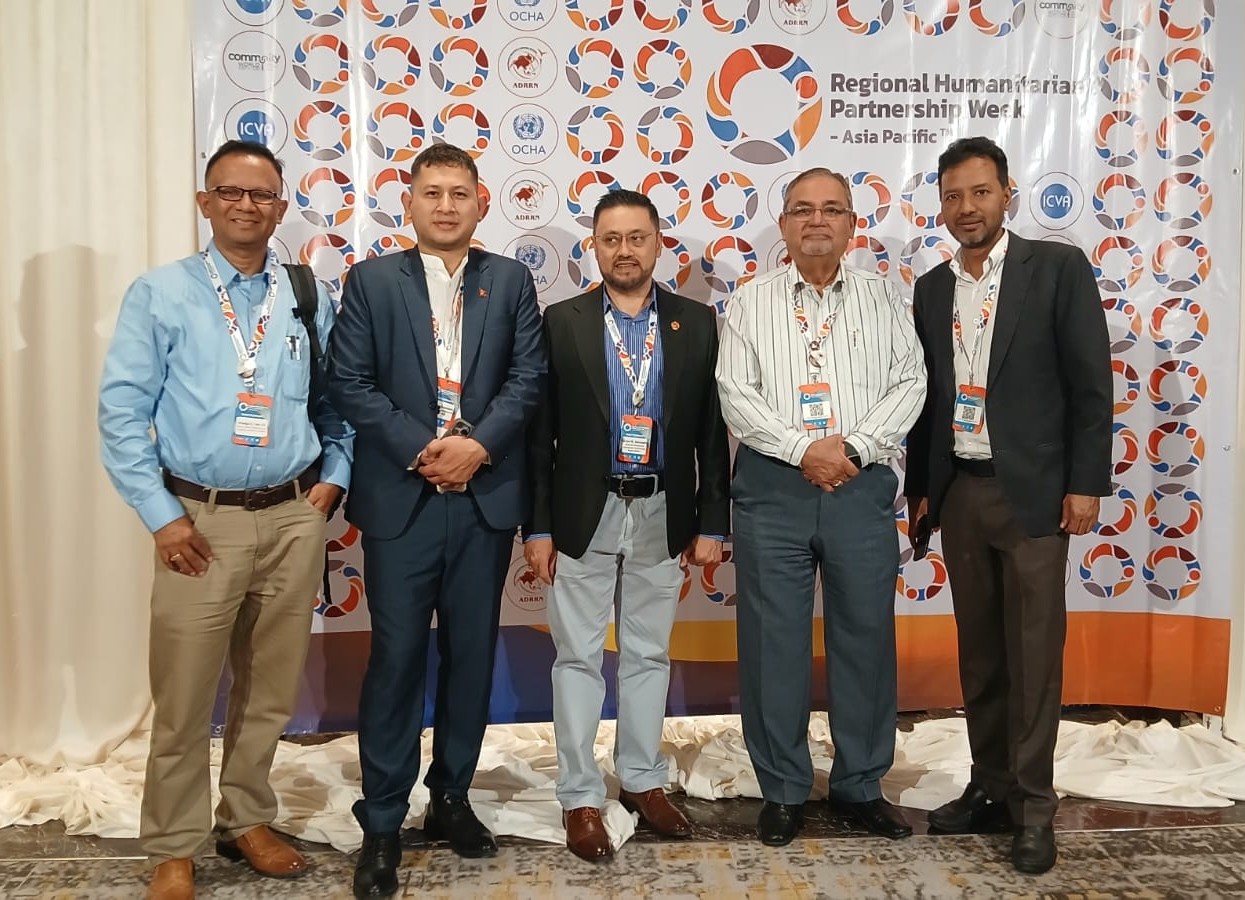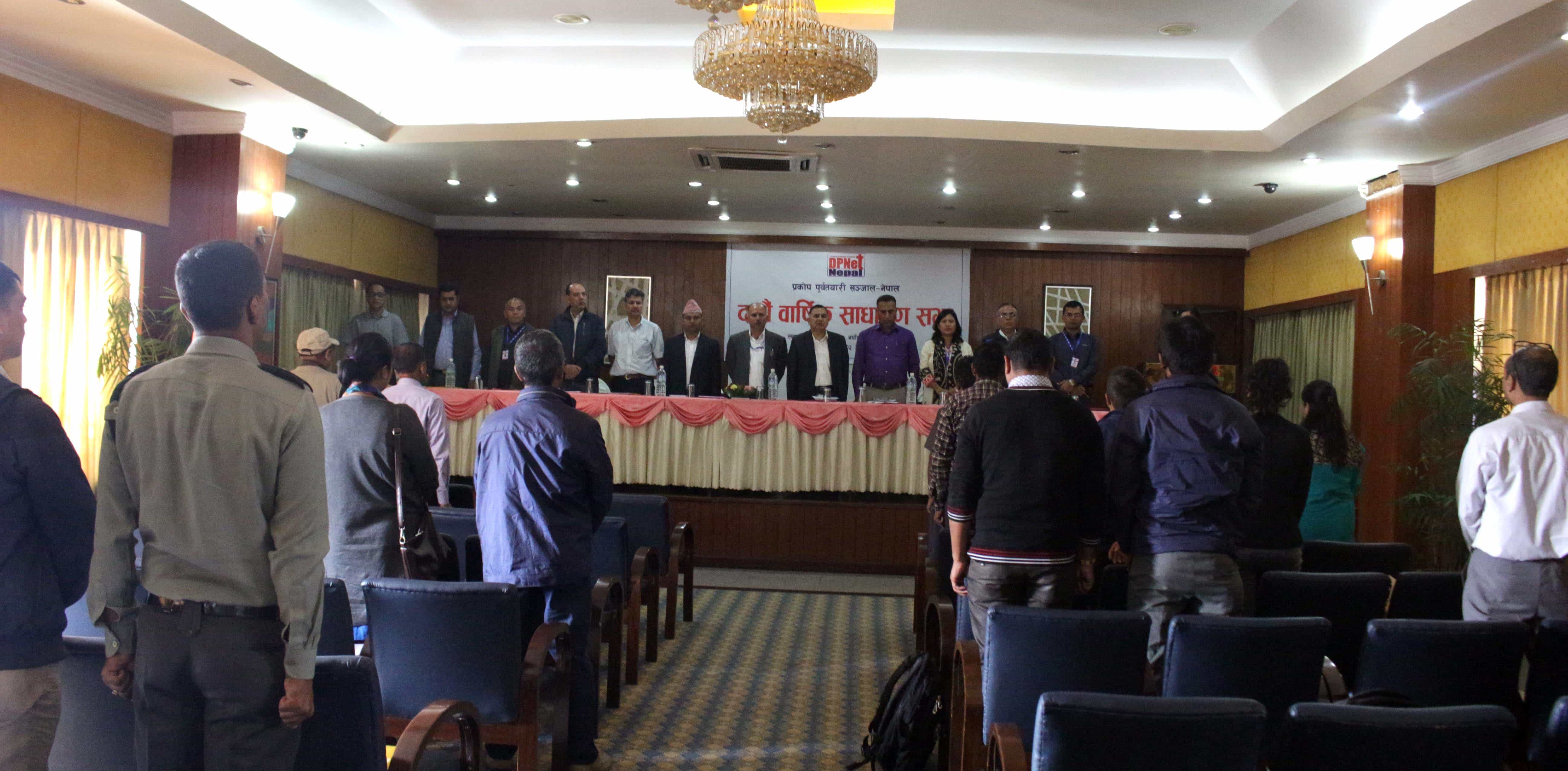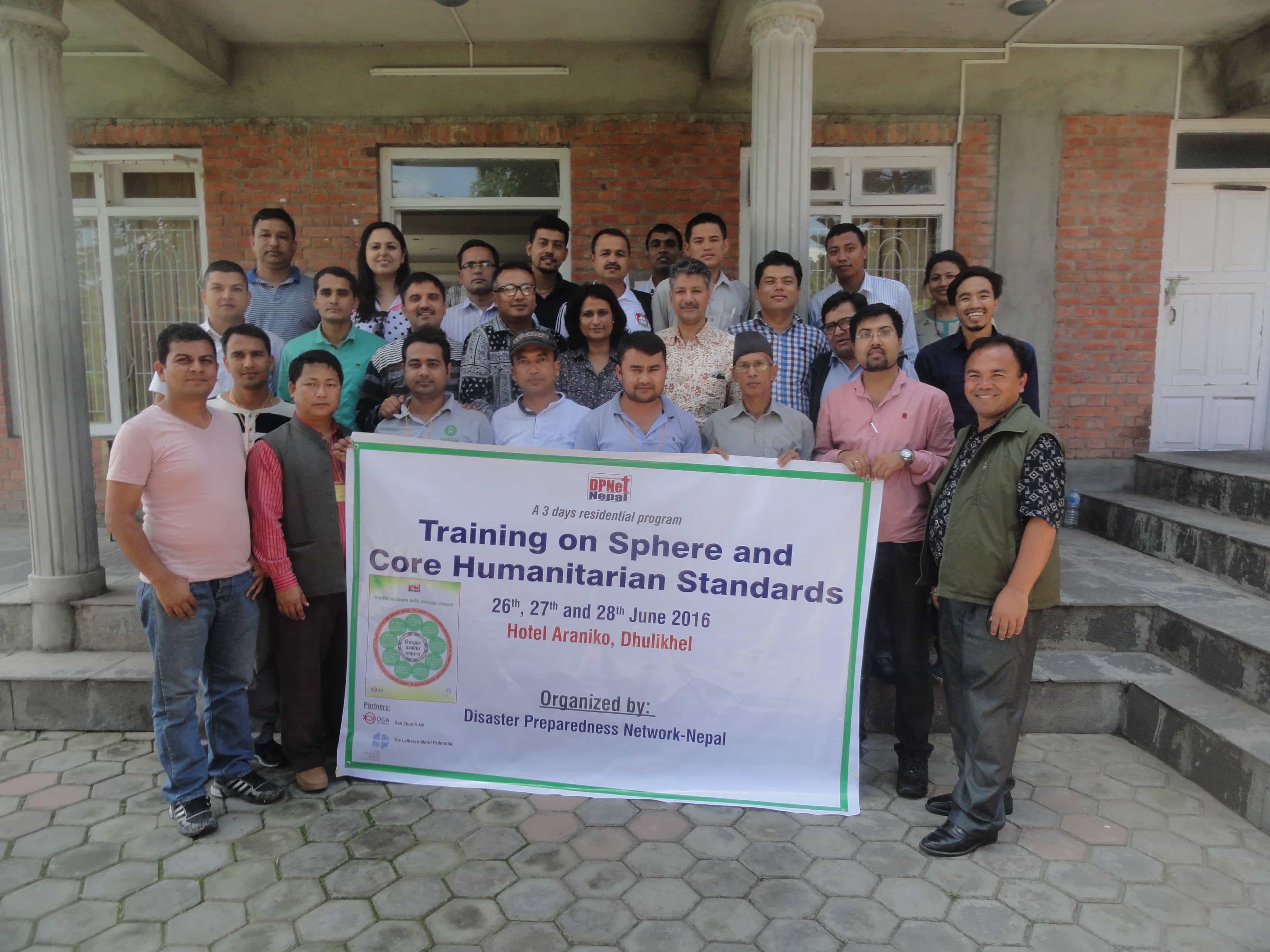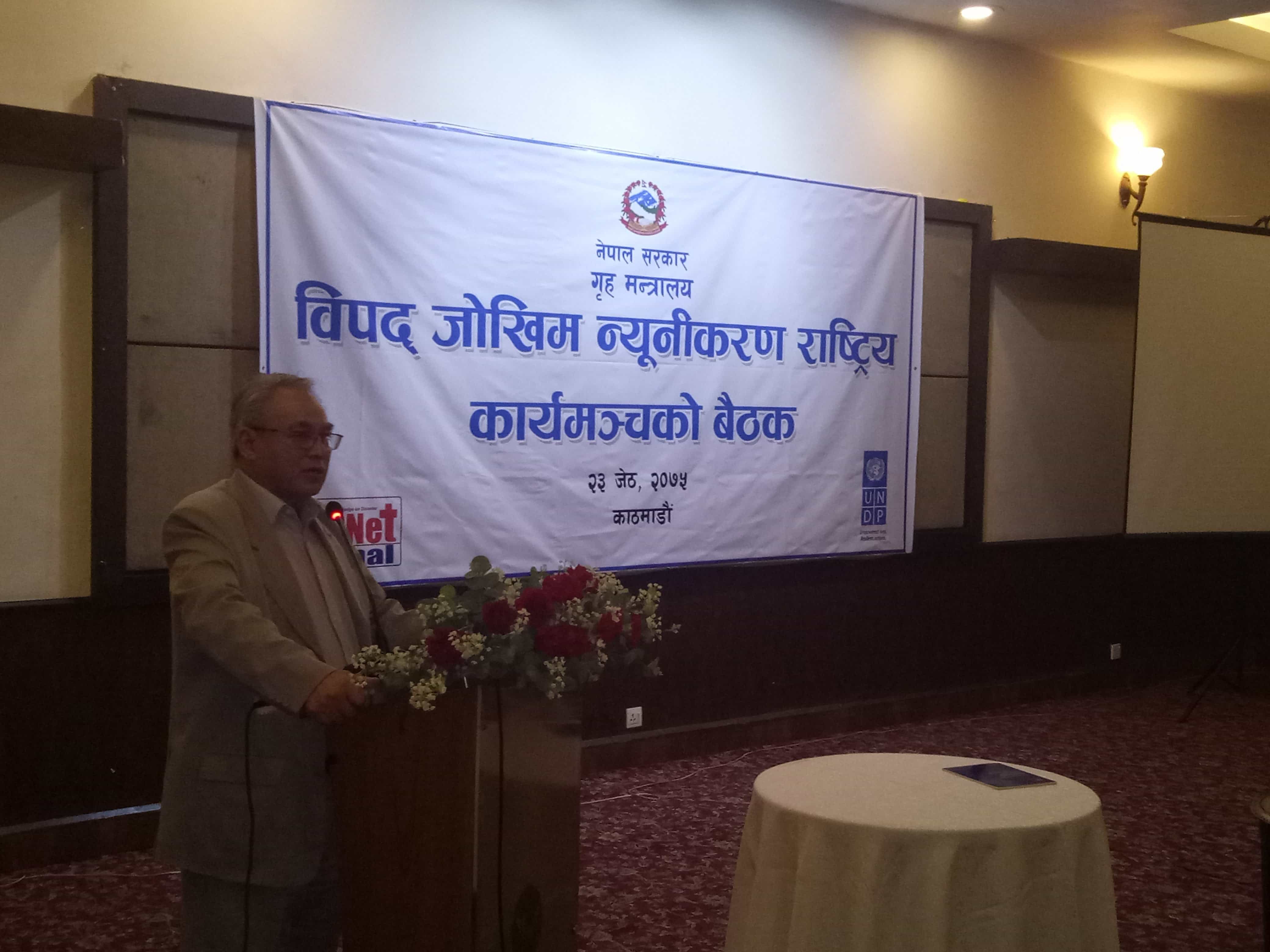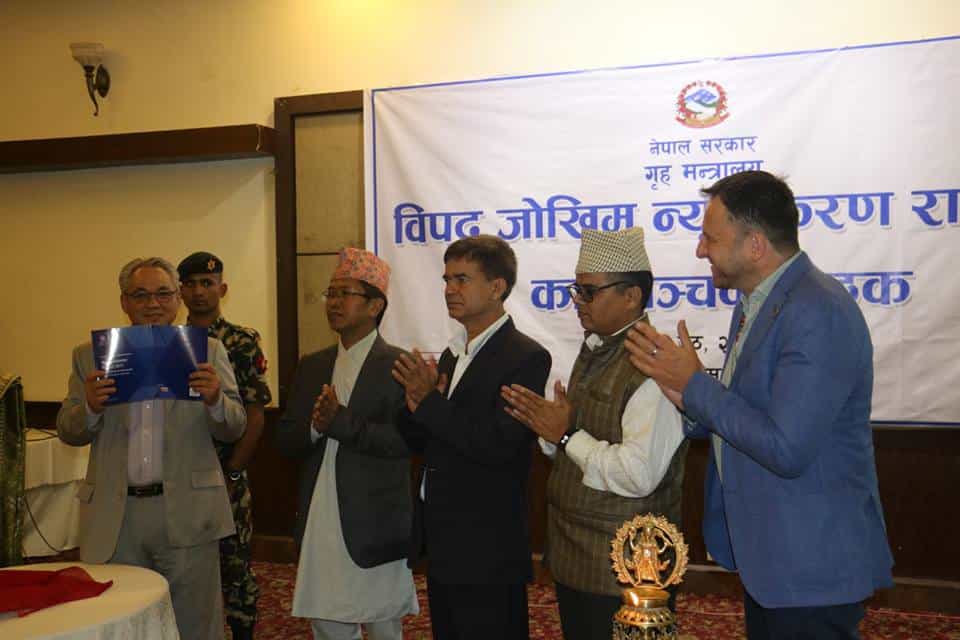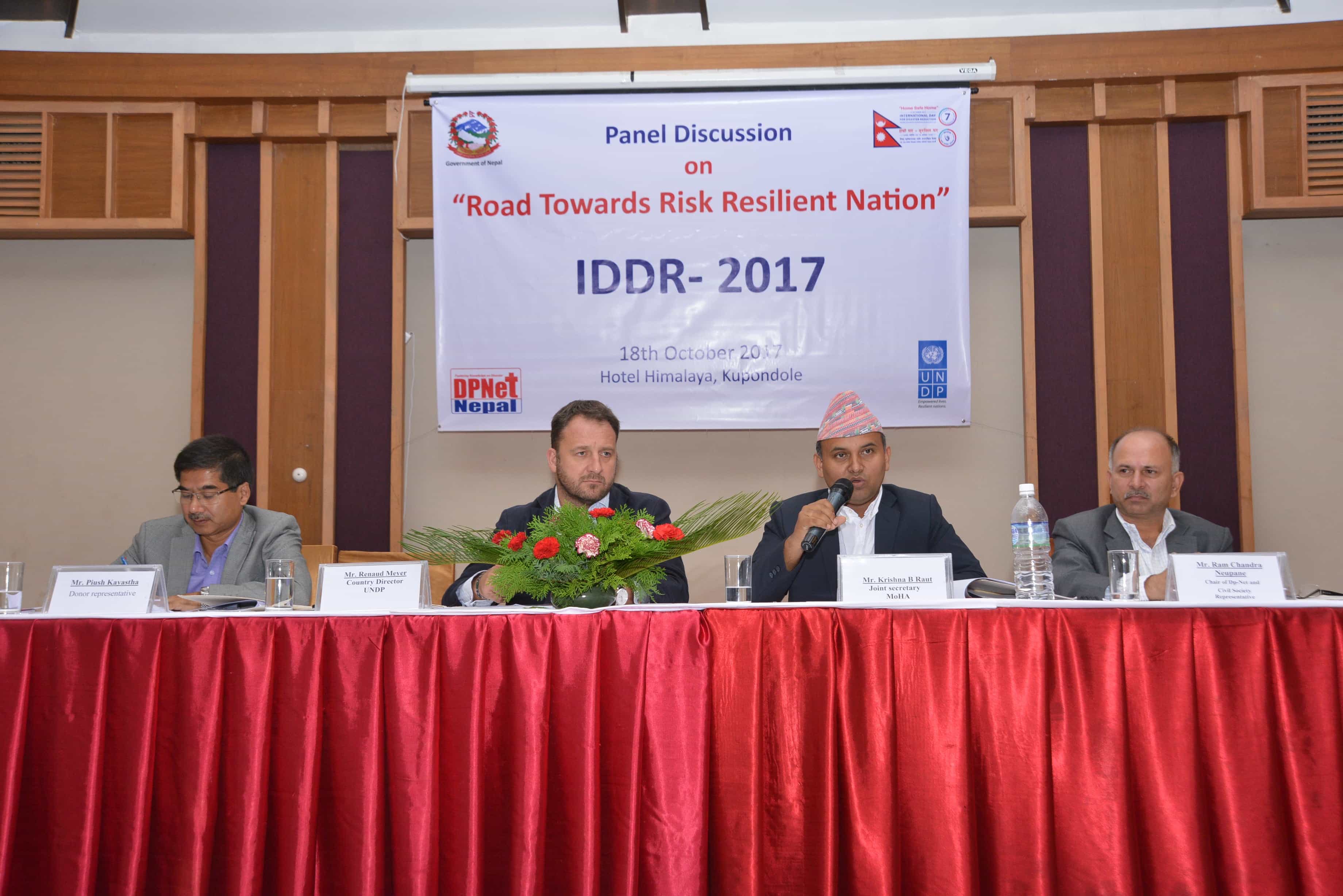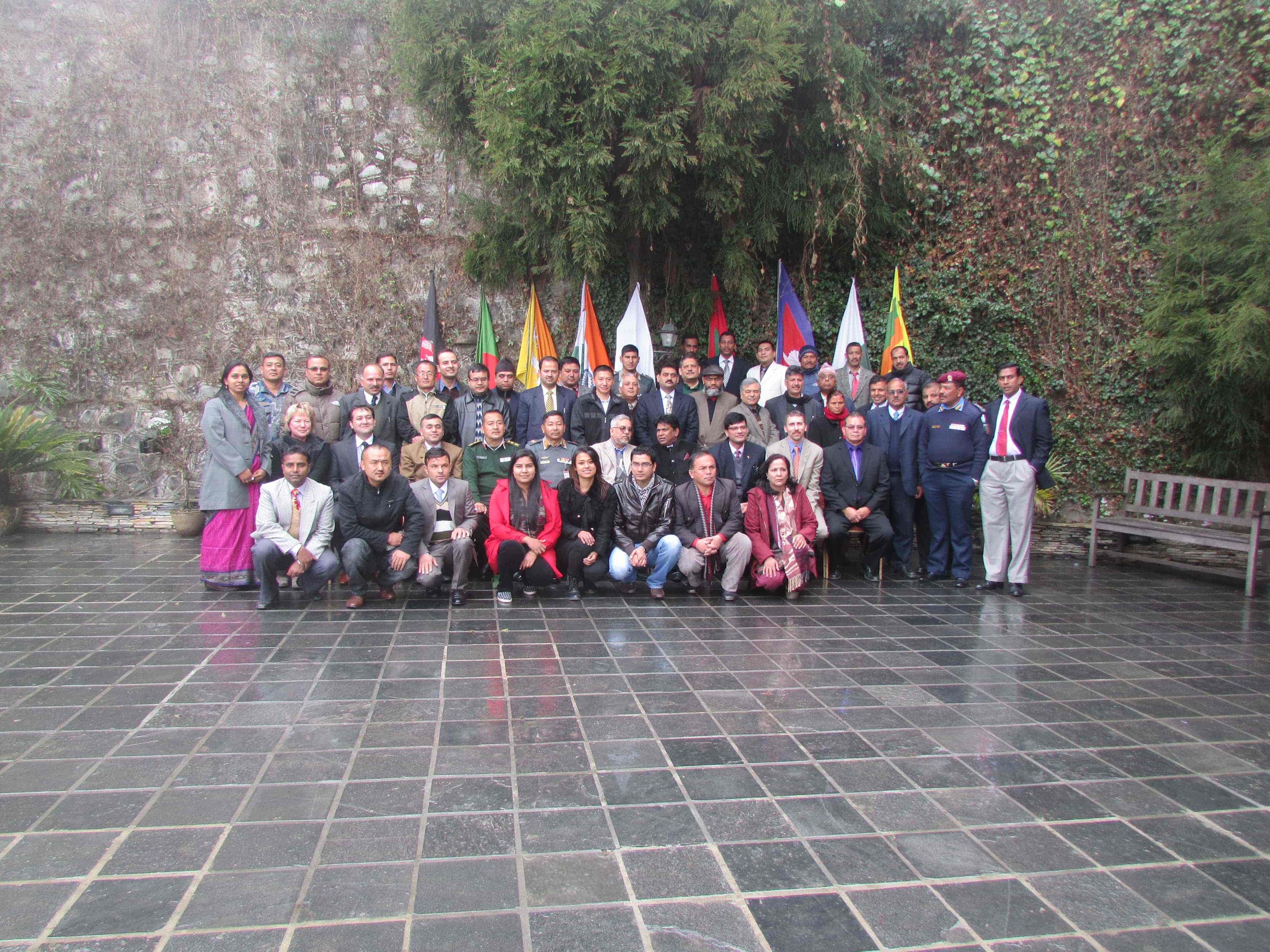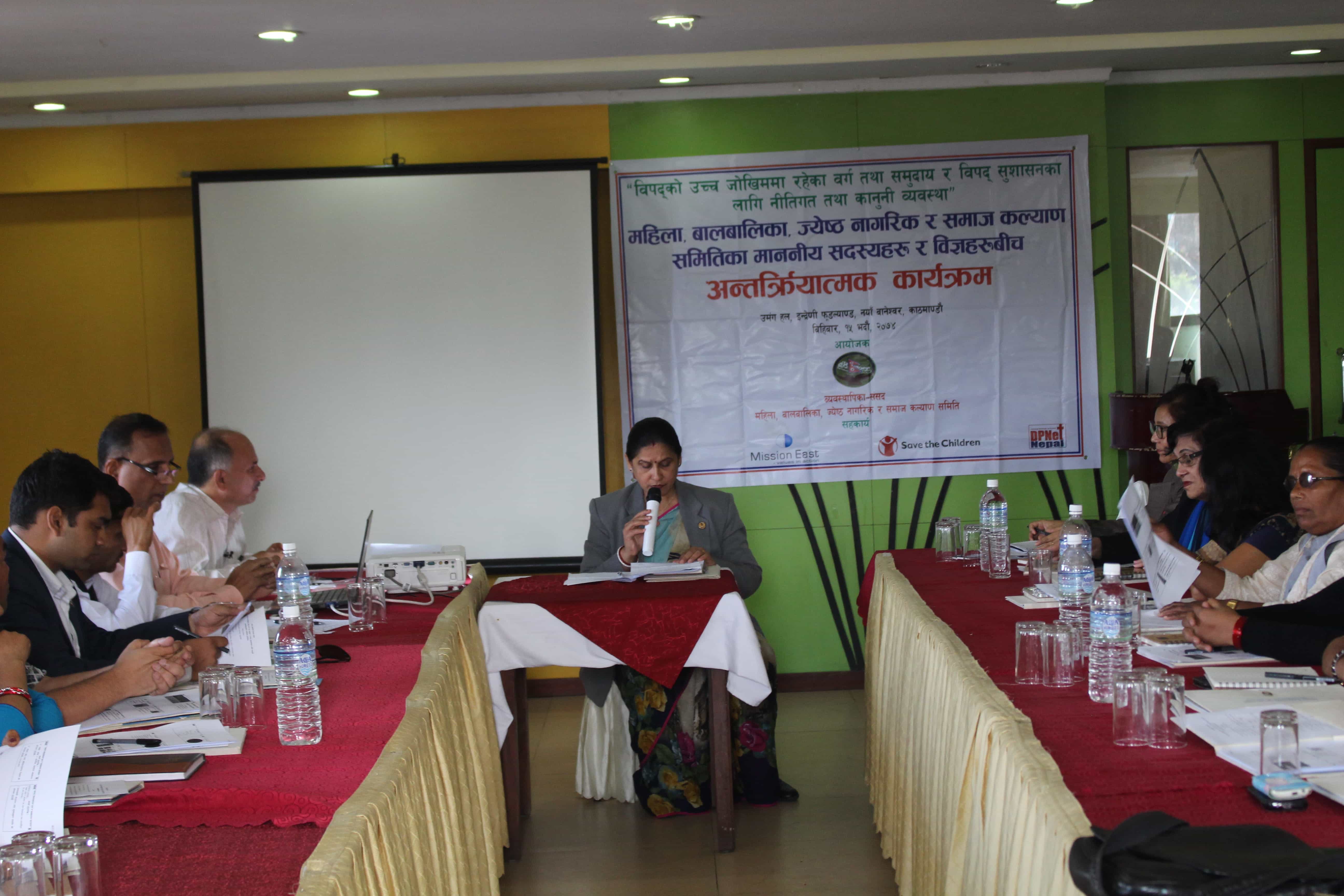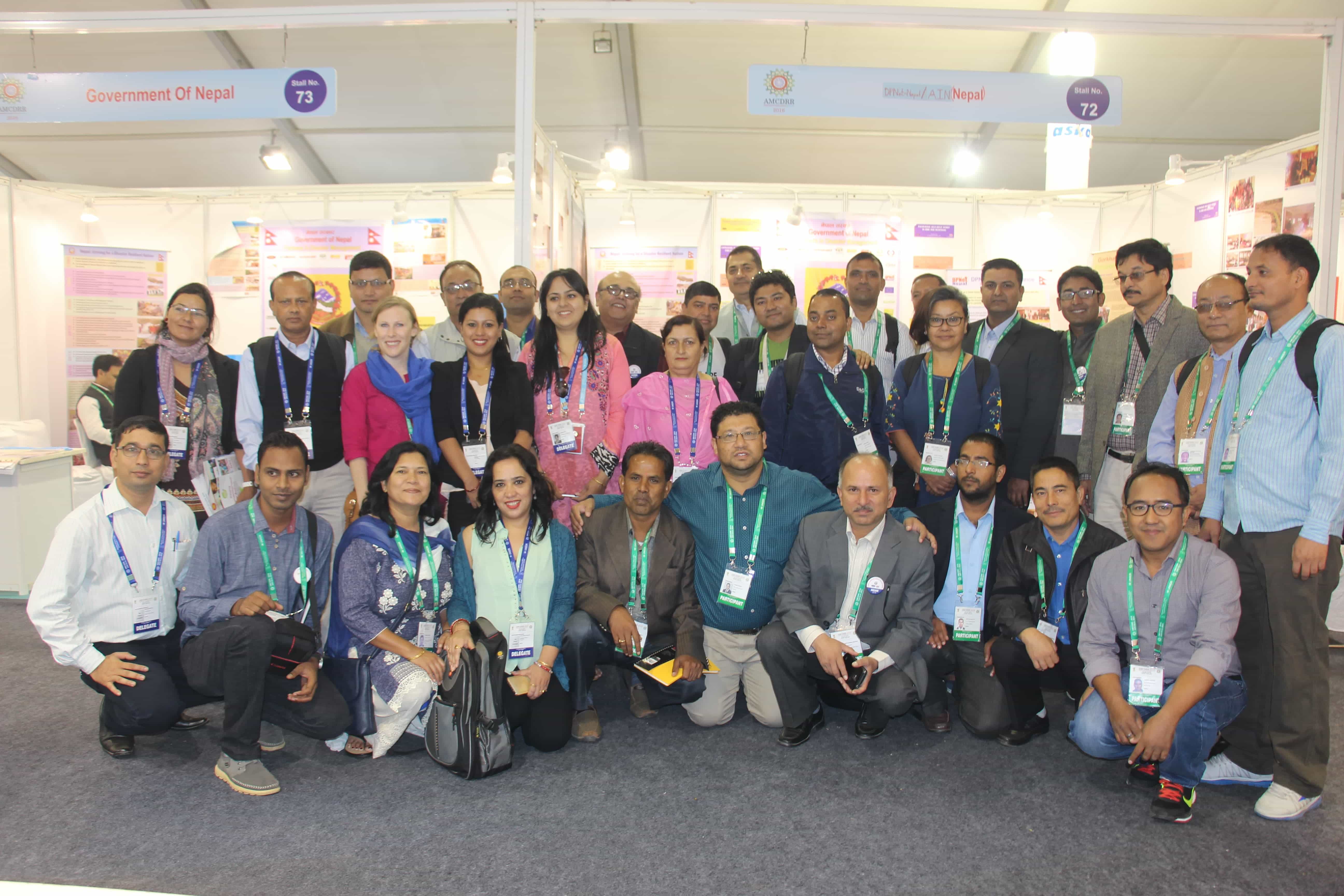Shaping Disaster Response with Technological Innovation
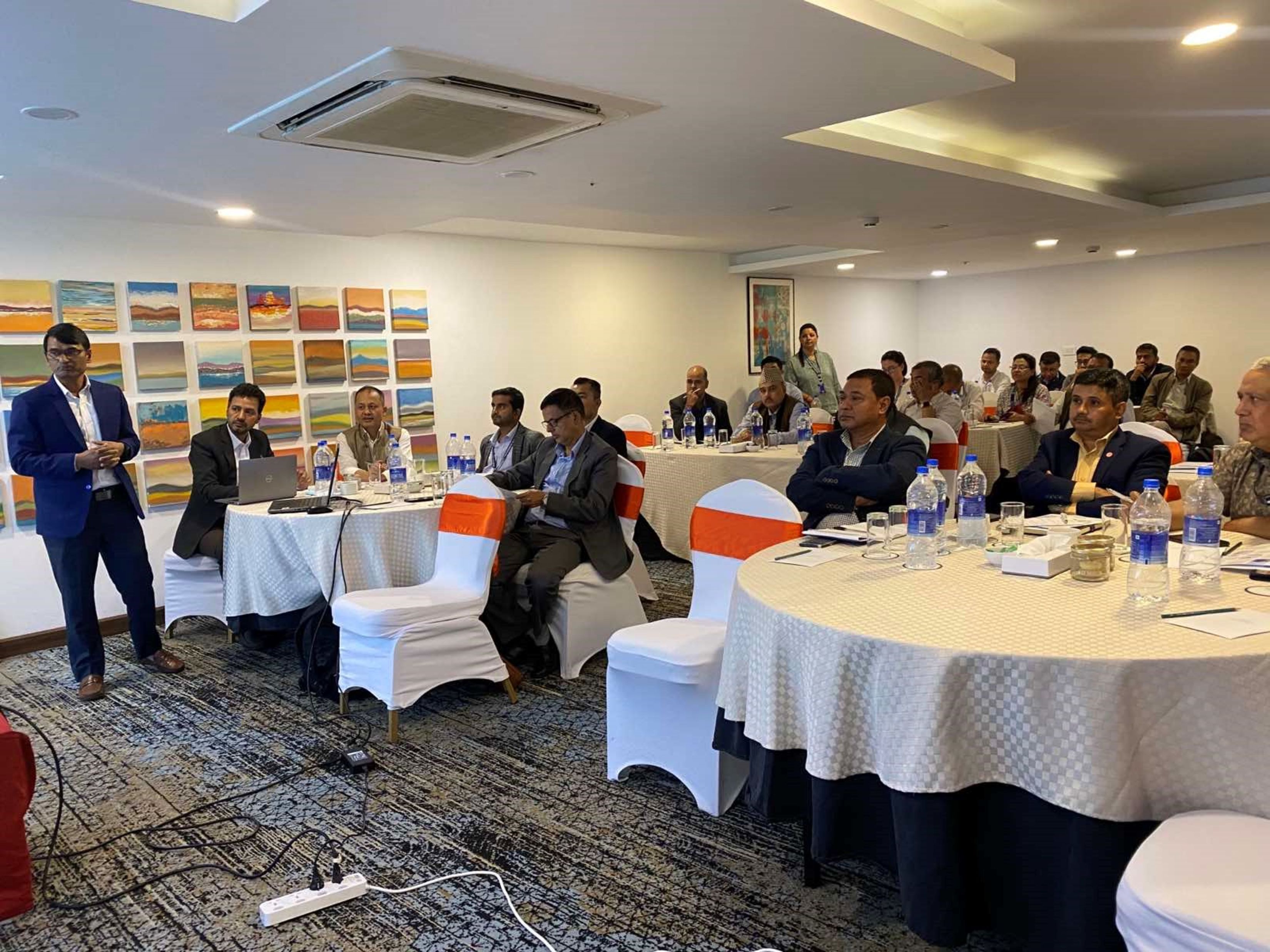
In a collaborative effort, the United Nations World Food Programme (WFP) and Disaster Preparedness Network Nepal (DPNet) unveiled the Resilience Assessment and Adaptation for Critical InfrastructurE (RA2CE) tool on May 19th, 2023, aimed at improving emergency responses in Nepal. The tool, developed by Deltares and WFP Nepal, mitigates delays in disaster response due to a lack of road accessibility information.
Dr. Raju Thapa stressed the role of effective data management in disaster preparedness and response, acknowledging existing challenges including limited technology infrastructure, privacy concerns, and cultural appropriateness. Mr. Maan Kshetri from WFP Nepal outlined the capabilities of the RA2CE tool, highlighting its role in identifying isolated settlements during flood disasters and facilitating effective disaster responses.
A feedback session facilitated questions about data input, conflict, and integration, technical considerations, and policy and collaboration. Mr. Kshetri, responding to the queries, reassured that the tool collates data from numerous authoritative sources and employs stringent ground truthing for verification. It also handles disaggregated data, operates without internet connectivity, and aligns with the Disaster Risk Reduction (DRR) National Policy 2018.
Remarks from other key speakers underscored the need for collaboration and efficient data management. The Senior Statistics Officer, Mr. Ram Krishna Regmi, acknowledged the challenges in data management but emphasized that the RA2CE tool was a step forward towards better disaster management in Nepal.
News in Details
In an event held on 19th May 2023 in Kathmandu, the United Nations World Food Programme (WFP) and Disaster Preparedness Network Nepal (DPNet) showcased a new tool designed to enhance emergency response capabilities in Nepal. The program titled 'Timely Logistics Information for Emergency Response' aimed at demonstrating the RA2CE (Resilience Assessment and Adaptation for Critical Infrastructure) tool's potential in augmenting emergency preparedness and management. Senior Statistics Officer, Ministry of Agriculture and Livestock, Mr. Ram Krishna Regmi, chaired the program. The event was facilitated by Er. Kshitiz Paudel, DPNet Program Coordinator. The program's primary goal was to share the RA2CE tool and gather participant feedback, fostering collaboration among humanitarian organizations, Government of Nepal, and the private sector.
Developed by Deltares and WFP Nepal, the RA2CE tool intends to combat the issue of delayed information on road accessibility during emergencies, which often impedes relief delivery to affected populations. The tool leverages the principles of graph theory to calculate accessibility and pinpoint isolated locations during flood events, thus making disaster response more efficient. The solution provided by the RA2CE tool is highly innovative, complementing and advancing existing procedures and technologies. The model automates manual analysis and provides critical information for emergency response planning and disaster risk management. It also has user-friendly interfaces, ensuring ease of use for various stakeholders.
During his presentation, Dr. Raju Thapa highlighted the critical role of data management in disaster preparedness and response in Nepal. He discussed the importance of data in risk assessment and planning, predictive analysis for early warning systems, resource allocation and coordination, real-time communication through digital platforms, post-disaster assessment, and community engagement. Dr. Thapa also underscored the challenges faced in Nepal's data management. These challenges include limited technological infrastructure, lack of standardization, accessibility issues, privacy concerns, and the need for cultural appropriateness. Despite these challenges, organizations like DPNet are committed to bridging the data management gap and enhancing disaster risk reduction efforts in Nepal.
Mr. Maan Kshetri, from WFP Nepal, offered a comprehensive overview of the RA2CE tool. He detailed its user requirements, particularly focusing on the demand for information during flood disasters. Mr. Kshetri introduced the RA2CE Tool and its significance in conducting spatial analysis to identify isolated settlements and affected service centers. Emphasizing the importance of the RA2CE tool and the 72-hour rapid assessment, Mr. Maan elucidated on their contributions to effective disaster response and preparedness. He concluded his presentation by acknowledging the partners involved in implementing the tool and proposing to institutionalize this tool into government system.
The program then moved to a moderated feedback session, led by Dr. Sridhar Thapa from WFP, where participants raised questions about the tool. Participants raised a series of in-depth questions across four key themes during the discussion - Data Input and Verification, Data Conflict and Integration, Technical Considerations, and Policy and Collaboration.
For Data Input and Verification, the participants sought to understand the data input mechanism for the local levels. They asked whether this was an automatic or manual process and the type of data used in the source map, especially whether it was sourced from open-source tools. Clarification was also sought about the possible involvement of security sectors and the government in data input and the government's level of engagement. Participants were interested in the cost implications for the beneficiaries or users of the tool, the authentication and verification process of the received data, and who would have access to the data generated by the tool.
Under the theme of Data Conflict and Integration, the discussion focused on how the tool could prevent data conflict, given the variety of software used by different agencies. Participants were curious about the tool's capability in handling disaggregated data from Gender Equality, Social Inclusion (GESI) lenses, and whether a demo version could be presented. There were questions about the efficiency of the tool in processing disaggregated data, its ability to generate community household data, and whether it could provide information about household vulnerability.
When considering Technical Considerations, participants asked how the tool could incorporate a cluster system and remain IT-friendly for effective operations. They were keen to understand the means of verification for the tool's reliability and if logistics capacity assessment could be implemented for all 77 districts of Nepal. Questions were also raised about the update process for post-disaster data, the authenticity of satellite data sources, how the tool managed data precision, validity, and challenges during emergencies, and what integration plans were in place for the tool's current development stage.
Finally, for Policy and Collaboration, the participants wondered about the policy issues that needed resolution to effectively engage government stakeholders. They asked about the progress in data management, how collaboration with international agencies could ensure the availability of high-frequency data during emergencies, and if the tool could operate without internet or telephone service. They also wanted to know about the challenges associated with human resources and lengthy processes in emergency scenarios, and how the tool could evolve and align with government and private sector efforts for emergency response.
In response to various queries raised by participants, Mr. Maan offered detailed explanations regarding the functionality and features of the RA2CE tool. For queries related to Data Input and Verification, Mr. Maan clarified that the tool amasses secondary data from a range of authoritative sources such as the Central Bureau of Statistics (CBS), Department of Road, Health, Education, Ministry of Home Affairs, Ministry of Agriculture and Livestock Development, and the Survey Department of the Government of Nepal (GoN). The tool also integrates primary data obtained via satellite imagery from Sentinel-1, with rigorous ground truthing to ensure data verification. The RA2CE tool is designed to be freely accessible and capable of accepting data inputs from a multitude of sectors, including the government, at no cost. The tool uses a meticulous cross-referencing system with ground and secondary data for data authentication.
When discussing Data Conflict and Integration, Mr. Kshetri stated that the RA2CE tool is designed to circumvent possible data conflicts through quick preliminary estimations and frequent updates. The tool effectively handles disaggregated data, using CBS data as its reference point, and can demonstrate its functionality through a demonstration for stakeholders. Moreover, the tool is capable of computing the number of households affected based on the data of affected buildings, which assists in identifying potentially vulnerable areas.
Addressing Technical Considerations, Mr. Kshetri revealed that the tool aligns with the Disaster Risk Reduction (DRR) National Policy 2018 and is currently seeking active participation from the Government of Nepal. Impressively, the tool can function without internet or telephone connectivity, ensuring uninterrupted service during emergencies. However, he acknowledged that the need for technically proficient analysts posed a potential challenge. In response to the demand for high-frequency data during emergencies, Mr. Kshetri suggested the Bipad Portal as a possible solution. Future plans involve evolving the tool through continuous engagements with the government and private sectors to enhance emergency response capabilities.
As for Policy and Collaboration, Mr. Kshetri said that the RA2CE tool incorporates a cluster system to optimize operations and relies on ground-collected and secondary information for verifying its reliability. While it offers valuable data for Logistics clusters, extending the Logistics Capacity Assessment (LCA) to all districts of Nepal necessitates more location-specific data. The tool handles data precision and validity adeptly but may face difficulties with image availability during emergencies. Overcoming these challenges involves strategic approaches, like Nepal Government can appeal to satellite companies through UNRCO/UNOCHA and activate the Space Charter to redirect the path of the satellite. The tool's development currently prioritizes integration with the operations of the Government of Nepal.
After open floor discussion, The UNRCO representative, Mr. Prem Awasthi, shared his insights during his speech. He emphasized the necessity of addressing data gaps through an integrated approach that combines both social and technical perspectives. He pointed out that nothing is perfect or permanent and that improvements can be made progressively. He noted the existence of a government policy for satellite-based data acquisition and the need to fortify the decision support system. He also pointed out that current interventions tend to be guided by power rather than evidence-based data, giving an example of political leaders desiring to use helicopters in their respective areas.
On the other hand, Mr. Surya Bahadur Thapa, the Chair of DPNet, underlined the need for coordination and networking to avoid duplication and utilize resources effectively. He suggested DPNet as a potential platform to map out who is doing what and pondered how to make such a system more contextual and user-friendly. He also encouraged all participants to contribute to DPNet's online resource center if they possess any crucial DRR-related resources, data, and documents.
Finally, Mr. Deepak Acharya from the Ministry of Home Affairs highlighted the Government's capacity for data collection with the existence of NEOC and 74 DEOCs. He recognized the necessity of involving the police to guarantee accurate data, although this process may be time-consuming. He suggested that tools like the one under discussion could play a critical role in ensuring efficient and timely data acquisition. However, he acknowledged the challenge that would inevitably arise concerning the maintenance of data quality from such tools.
In his concluding remarks, Mr. Ram Krishna Regmi, Senior Statistics Officer, Ministry of Agriculture and Livestock, expressed gratitude to the UN WFP Team for their relentless efforts in developing the RA2CE tool. He discussed two crucial aspects: policy and technical issues. He noted that while progress had been made in managing data, engagement with government stakeholders is necessary to address policy concerns. Regmi acknowledged that the private sector is efficient in mobilizing resources during emergencies and added that the government has a wealth of human resources. However, he pointed out frequent personnel changes and lengthy bureaucratic processes could be challenging during emergencies. Discussing the development phase of the RA2CE tool, Regmi noted that it was in its initial phase and would require time to mature. He further emphasized that high-frequency data should be freely available during emergencies, necessitating collaboration with international agencies. Finally, he thanked all attendees for their participation and closed the program.
This event was a crucial step in sharing and discussing the potential of the RA2CE tool to transform disaster response and management in Nepal. It provided a platform for various stakeholders, including government representatives, humanitarian organizations, and technical experts, to exchange ideas and feedback about this innovative tool. Addressing the critical need for timely logistics information during emergencies, the RA2CE tool aims to increase resilience and adaptability of critical infrastructure. It symbolizes a significant leap in harnessing technology and data management to enhance disaster preparedness and response efforts. The discussions and presentations during the program underscored the importance of data management, the challenges faced in this field, and the role of innovative tools like RA2CE in addressing these issues. Moreover, the program highlighted the value of collaboration among various stakeholders to optimize resources and maximize efficiency in disaster management. In light of the event, the next steps for the stakeholders involve addressing the raised concerns, enhancing collaboration, working towards policy issues, and integrating the tool effectively with existing systems. As reiterated by the participants, the success of the RA2CE tool and similar innovations will play a significant role in shaping Nepal’s future disaster management. The continued engagement and collaboration of all stakeholders is expected to ensure that this tool and future initiatives can best serve those affected by disasters in Nepal.
